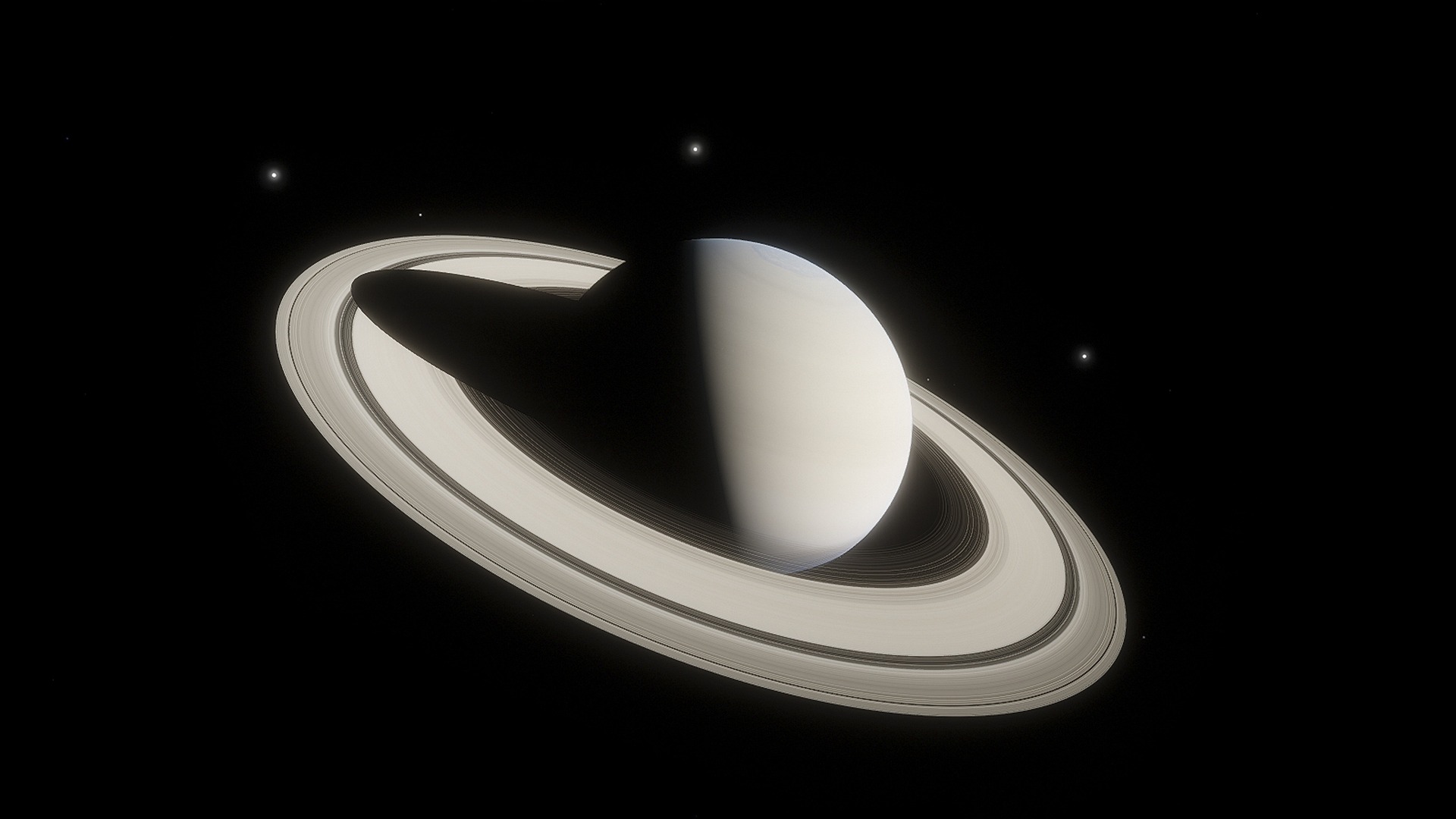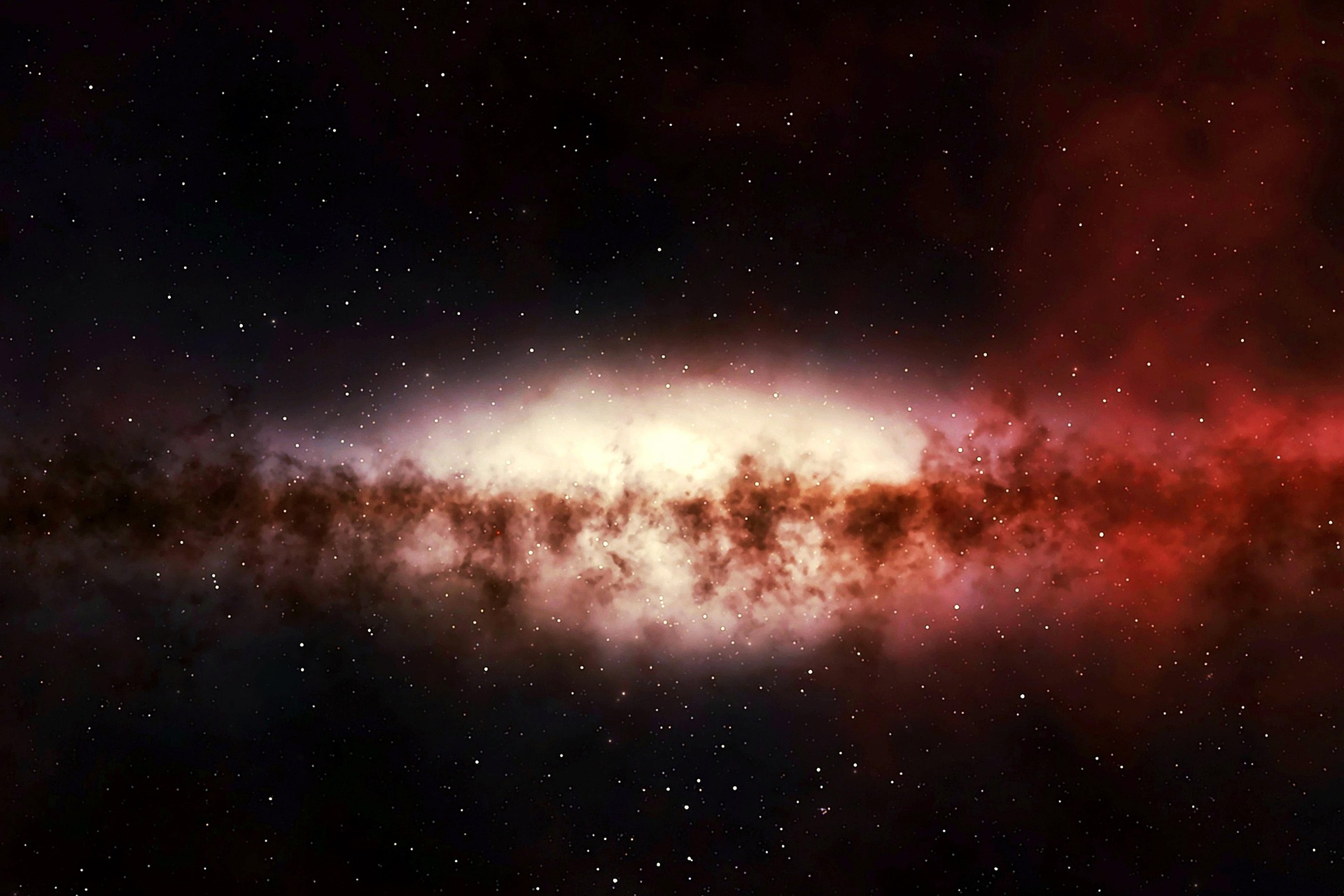In March 2025, astronomers announced a groundbreaking discovery: 128 new moons orbiting Saturn, bringing the total number of confirmed moons around the planet to a staggering 274. This new milestone nearly triples the moon count of Saturn’s closest rival, Jupiter, which has 95 moons. The discovery was made possible by the Canada-France-Hawaii Telescope (CFHT) using a technique called “shift and stack,” which enhances the visibility of faint objects by merging multiple images to reveal previously hidden details.
The team behind the discovery, led by Dr. Edward Ashton of the Institute for Astronomy and Astrophysics at Taiwan’s Academia Sinica, also included researchers from Canada, the USA, and France.
A look at Saturn’s irregular moons
All 128 of the newly discovered moons fall into the category of “irregular moons.” These small, irregularly shaped objects were likely captured by Saturn’s gravity early in the solar system’s history. They are generally just a few kilometers across and may be fragments of larger moons that were shattered by collisions with other Saturnian moons or passing comets.
The majority of these new moons are part of the Norse group, a cluster of irregular moons that orbit Saturn in retrograde, outside the planet’s main rings. The high density of small moons in this area suggests that this region may have been the site of a significant cosmic collision in the past, potentially within the last 100 million years.
A cosmic collision and mythological names
These newly identified moons, officially recognized by the International Astronomical Union, are expected to be named after figures from Norse, Gallic, and Canadian Inuit mythology, continuing a tradition of linking celestial discoveries to cultural references.
This discovery highlights Saturn’s dominance in the solar system’s moon count and provides astronomers with valuable insights into the early dynamics of the solar system, offering a window into how planetary satellite systems evolve over time.





